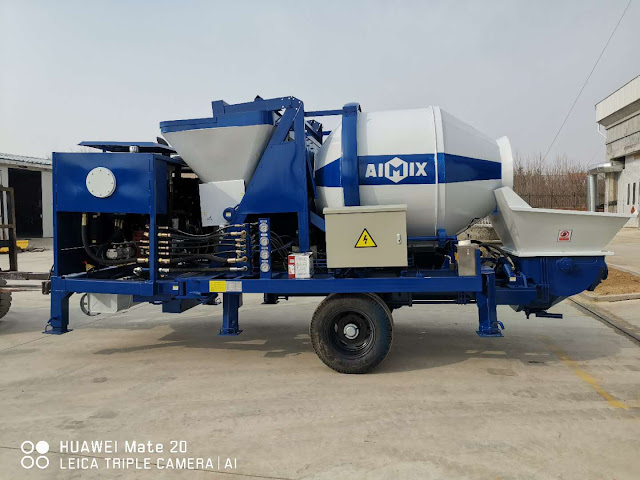The Working Principle Of The Asphalt Mixing Plant
An asphalt mixing plant can be used to combine several aggregates with bitumen to create hot mix paving material for a number of construction industries. The aggregates used can differ according to the grade and scale of asphalt required. Finer aggregates can even be added together with mineral fillers. There are two main varieties of asphalt mixing plants: continuous mix plants and batch mix plants. Both kinds of plants produce asphalt their difference is found in the technique used to produce said asphalt.
Working Principles Of Asphalt Batch Mixing Plant
1. Raw, unheated aggregates from different storage bins are fed in to the cold aggregate feeder.
2. The aggregates are moved in the drying drum by way of a conveyor system.
3. The burner fueling the drying drum ensures the aggregates are dried effectively with heat.
4. The plant is fitted using a primary dust collector(calidad superior). That collector is for filtering heavy dust particles, so there is less pollution.
5. As soon as the aggregates are dry, they can be relocated to the tower unit by way of a bucket elevator.
6. On top of the tower unit is actually a multi-layered screening unit. As hot aggregates go through the multiple screens, they get given the screening effect.
7. Separate hot bins are widely used to store different form of aggregates.
8. Bitumen is stored and heated in special tanks that have pumping equipment. The bitumen is pumped into the weighing hopper.
9. The aggregates are weighted and discharged in to the main mixing unit. Within the mixer, filler materials and bitumen are together with the aggregates.
10. After mixing for your required time, the asphalt is ready to be used. It is actually typically discharged into waiting tucks, but it is also shipped to temporary storage silos.
11. The entire plant is controlled using a computerized user interface.
Aspects Of An Asphalt Plant
1. Primary vibrating screen
2. Cold feed bins
3. Charging conveyor
4. Hot aggregate bucket elevator: The bucket elevator is composed of a long, covered structure with lots of buckets linked to a chain system. The heated aggregates are transported to the top level of your tower with this elevator unit.
5. Drying drum with burner: Perhaps the most crucial section of the plant. It is actually compromised of the rotating drum and burner unit. The rotation ensures the aggregates are heated up evenly.
6. Pre-separator with bag filter: The bag filter can be used to take out harmful dust particles and toxic gases in the plant's emissions.
7. Hot bins
8. Multi-deck vibrating screens
9. Mixing unit: The mixing unit ensures all of the raw materials are combined effectively for your correct duration. Mixers are normally jacketed so that the contents remains hot and ready for discharge.
10. Weighing hoppers: The weighing hoppers are necessary for ensuring the correct proportions of raw materials are shipped to the mixing drum.
11. Bitumen storage tanks: Direct heating type tanks come with a burner. Meanwhile, indirect heating type tanks utilize an inside hot oil coil system for heating the bitumen.
12. Cpanel: PLC panel by using a touchscreen display and interface for convenient oversite and power over the plant.
13. Filler storage silo/hopper




Comments
Post a Comment